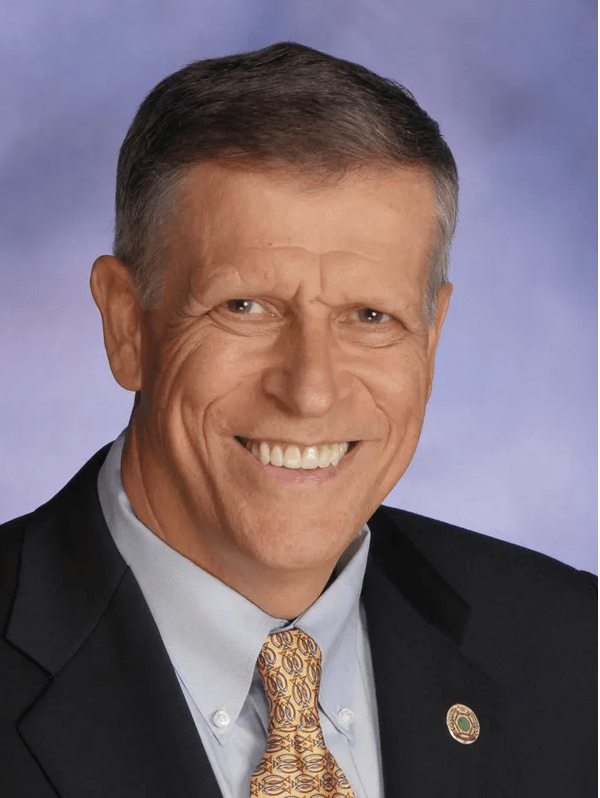
By Lee Webber
According to Craig Hooper for Forbes Magazine in his article, “China will exploit Guam’s struggle to recover from Typhoon Mawar,” June 9, 2023, “As a potential target for Chinese societal influencing, cyber-attack or military assault, Guam is doing a poor job of demonstrating it can support the island’s 170,000 U.S. citizens during a crisis.”
I cannot say that I disagree with his statement.
How many times have politicians said they would go underground with our power distribution system? Camp Blaz and other areas that were underground survived much better than those with above ground power.
Ginger C. Cruz recently suggested, in an online interview, that solar power and battery backup was being considered for water wells/pumping stations as opposed to the current diesel generators.
What is the price and cost comparison – with price being what you pay and cost being the operational expense – over the life of the power generation?
If diesel generators are properly serviced, fueled and housed they work well and will outlast solar panels and batteries. Remember no sun no power – what if you had weeks of rain following a storm?
Diesel on the other hand requires simple proper maintenance, regular/consistent service, solid housing and fuel.
Politicians must stop talking and start doing. It has always been too little too late – again no real plans no matter how many storms we have endured. They do not seem to learn.
What about underground nuclear power generators? One located on Naval Base Guam and the other on Andersen Air Force Base?
Two could easily power the entire island, and with underground generation and distribution future worries about storms knocking out power would essentially be a worry of the past.
Remember Hurricane Iniki?
According to Wikipedia, “Iniki was one of eleven Central Pacific tropical cyclones during that season. It attained tropical storm status on September 8 and further intensified into a hurricane the next day. After turning north, Iniki struck the island of Kauaʻi on September 11, 1992 at peak intensity; it had winds of 145 mph and reached Category 4 status. It also had gusts recorded at 217 mph.
Iniki caused around $3.1 billion (equivalent to $6 billion in 2022) in damage …, making it the costliest natural disaster on record in the state. At the time, Iniki was the third-costliest United States hurricane. The storm struck just 18 days after Hurricane Andrew, the costliest tropical cyclone ever at the time, struck Florida.
The Central Pacific Hurricane Center (CPHC) failed to issue tropical cyclone warnings and watches 24 hours in advance… Damage was greatest on Kauaʻi, where the hurricane destroyed more than 1,400 houses and severely damaged more than 5,000. Though not directly in the path of the eye, Oʻahu experienced moderate damage from wind and storm surge.”
So I suppose by a damage comparison, Guam stood up well following Mawar but we are also structurally far more hardened, given our storm history, than was Kauai.
We have had far more experience dealing with strong storms than the Hawaiian Islands and our government officials need to get far more serious about hardening the support infrastructure on Guam than they have in the past.
It is time to stop the talk and start the walk, taking actions that will harden Guam’s critical infrastructure to the extent necessary for dealing with such storms. We know it is simply a matter of time until we face the next such event.
It is time for the people of Guam to demand significant power and water infrastructural hardening and demand that it begin by at the very least, placing as much power distribution as possible underground.
Next, properly harden and service emergency power to all water wells and then hold those accountable for same responsible for unnecessary failures now and into the future.
If they cannot do the job, terminate their employment and find someone who can and is willing to do so.
Anything less than that is unacceptable from people who claim to call themselves leaders.
Harden up Guam!
Esta.
_____
Lee P. Webber is a businessman and civic advocate, the former publisher of the Pacific Daily News, a former president and publisher of the Honolulu Advertiser, and a former director of operations for USA Today International/Asia






1 Comments
fizzlehack
06/12/2023 at 4:38 PM
Yes. Let’s bury power lines on an island prone to flooding. What could possibly go wrong with Gov Guam at the helm? I like this idea.